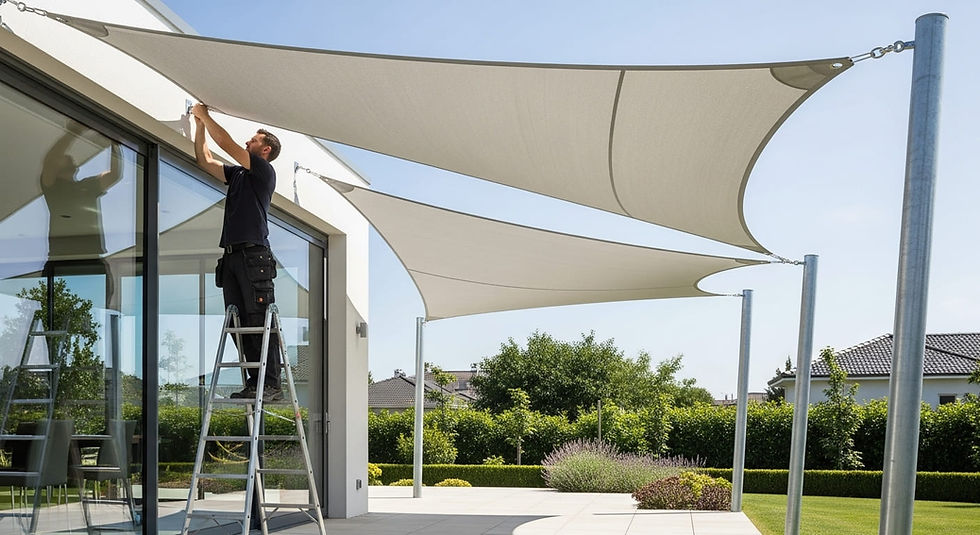Energy Saving Tips on the Heating and Cooling Systems of Your House
- ameliya lanne
- Feb 12, 2015
- 3 min read
Heating and cooling systems are definitely an essential amenity which every household should have. Though the demand of these systems is increasing day by day, yet the expenses caused by them is enormous. In fact, if you are using cooling and heating system in your house then 46% of your electricity bill charges can be raised according to recent electrical survey reports. Other than that, if these systems are not maintained properly then they start emitting carbon dioxide, nitrogen oxide plus sulphur dioxide which can be harmful for your health. Therefore, no matter which type of cooling and heating system you want to install in your house there a few things that you can do to enhance your comfort and increase the efficiency of the system.
Tips on saving energy while using Heating and Cooling systems There are many steps that you can take for decreasing the energy consumption of cooling and heating systems of your house. Hence, to help you explore more about them here are the tips that you can follow to save energy and your money too!
Use your thermostat by setting the lowest temperature suited for winters and the highest temperature for summers. One important thing that can be noted here is that you can always maintain the temperature at one or two degrees lower for summer and higher for winters as this can help you in saving about 6%-8% of what you would have spent earlier.
Never set your thermostat at extreme temperatures for getting heating or cooling the room at faster pace, like extremely low temperature during winters and highest at summers. This drastically increases the energy consumption of the system which results in higher cost of electricity bills.
Always clean or replace the filters that are present on the furnaces for at least twice a month. This helps them in working in an efficient manner and removes any sort of impurity which can lead to blockage and thus increase the consumption of your heating system.
Take care of the essential parts of the cooling and heating system like radiators, warm air registers and baseboard heaters. Make sure that you do not place your furniture in-front of them as this will again block the cool or warm air which ultimately increases your expenses.
During winter season make sure that you keep your curtains away from the windows, so that warm sunlight can enter inside, but at the same time do close the windows tightly during the night to prevent the chill air from getting inside the house.
But, during summer season keep the window covering or curtains closed so that harsh hot-winds and sunlight do not enter inside. And at night you can keep the windows open so that fresh cool breeze can beat the heat of summer.



















Comments